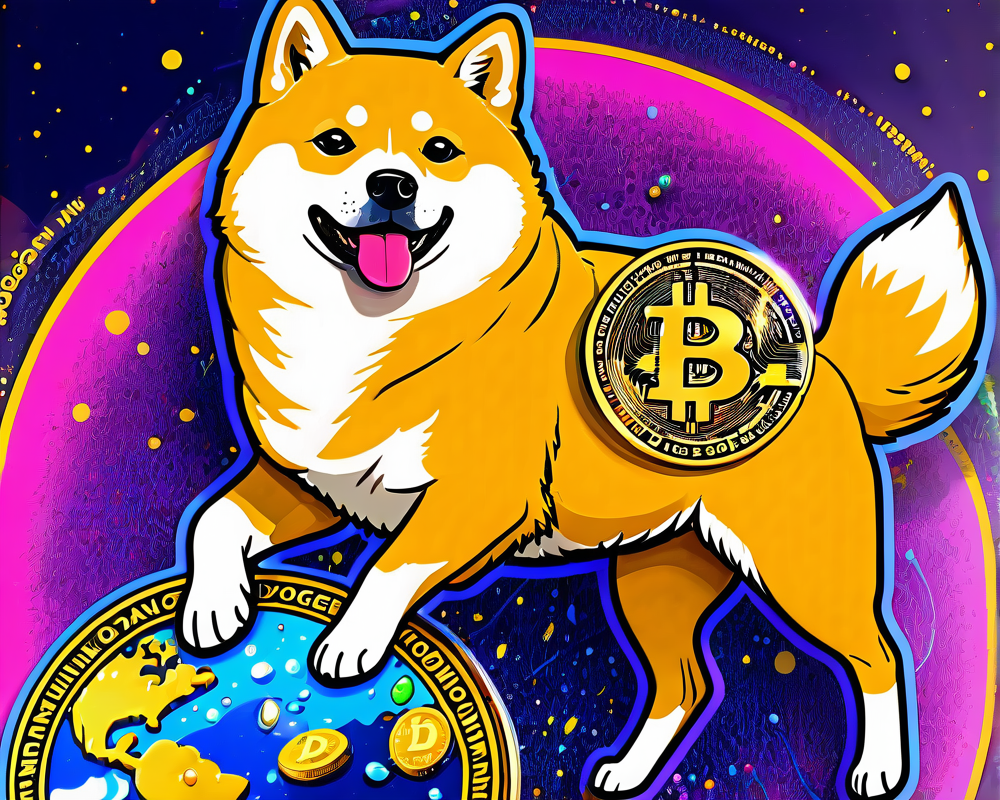The Memes and Mysteries of Dogecoin
At first glance, Dogecoin (DOGE) seems to be just a whimsical meme coin, with its adorable Shiba Inu mascot grinning adorably at you. But hold onto your wallets! Behind its playful exterior lies a tale filled with dramatic highs and lows, enough to make even the staunchest crypto enthusiasts raise an eyebrow.
The Not-So-Humble Beginnings
Launched in December 2013, Dogecoin was the brainchild of software engineers Billy Markus and Jackson Palmer. Inspired by Luckycoin and Litecoin’s proof-of-work algorithm, this crypto currency was set on a path that would take it far beyond what they likely anticipated.
Picture this: It was Christmas day, 2013, when the Dogewallet reported a hack that left $12,000 worth of user coins falling into the hands of some shady hacker. Thanks to the heroic efforts of Dogecoin Foundation Board Member Ben Doernberg and some community-funded donations, those funds were eventually reimbursed. A Christmas miracle, indeed!
Pumping and Dumping – The Wild Ride
Fast forward to early 2014, when Dogecoin found itself in the middle of a hype cocktail mixed with sponsorships and existential threats. The infamous “Wolong” figure, a ghostly trader lurking in IRC and Reddit groups, reportedly orchestrated a wild 600% pump in January 2014, leveraging the Jamaican bobsled team’s sponsorship announcement. Talk about layering on the thrills!
- Love bobsledding?
- Invest in Dogecoins like it’s the 2014 Winter Olympics!
Turns out, coordinating such pumps is less about luck and more about well… scheming. The playbook used back then eerily resembles some modern strategies seen in crypto communities today. If only someone footnoted cryptocurrencies’ shenanigans!
The Fall of Moolah: Lessons Learned
Then, sadness struck. In October 2014, the altcoin exchange Moolah announced its abrupt shutdown, leaving investors crying into their keyboards. Among them was Dan Wasyluk, who was left with a bleeding heart – and 750 BTC less in his pocket to show for it. But hey, at least they got to see a NASCAR driver sponsoring the Dogecoin brand before it all came crashing down.
A Con Artist in Disguise
In the end, residents had to face the sad truth: “Alex Green,” the so-called founder of Moolah, had been pulling a fast one under a false name—his real identity was Ryan Kennedy, a wannabe crypto mogul who, spoiler alert, was sentenced to 11 years in prison for serious offenses. A real-life villain in our Dogecoin story! Meanwhile, the community just kept spinning in circles, waiting for the next round of chaotic news.
The Resurrection of DOGE: A Community Affair
Despite its rollercoaster origins marked by pump-and-dump schemes, Dogecoin emerged from the ashes with a surprisingly resilient community. Today, it boasts over one million subscribers on its Reddit subforum. Talk about fan dedication!
So here’s to you, Dogecoin! Although your past is littered with scares and scams, the future looks bright. With each coin tossed into its digital well, we find not just currency, but a culture that continues to thrive—one meme at a time.




